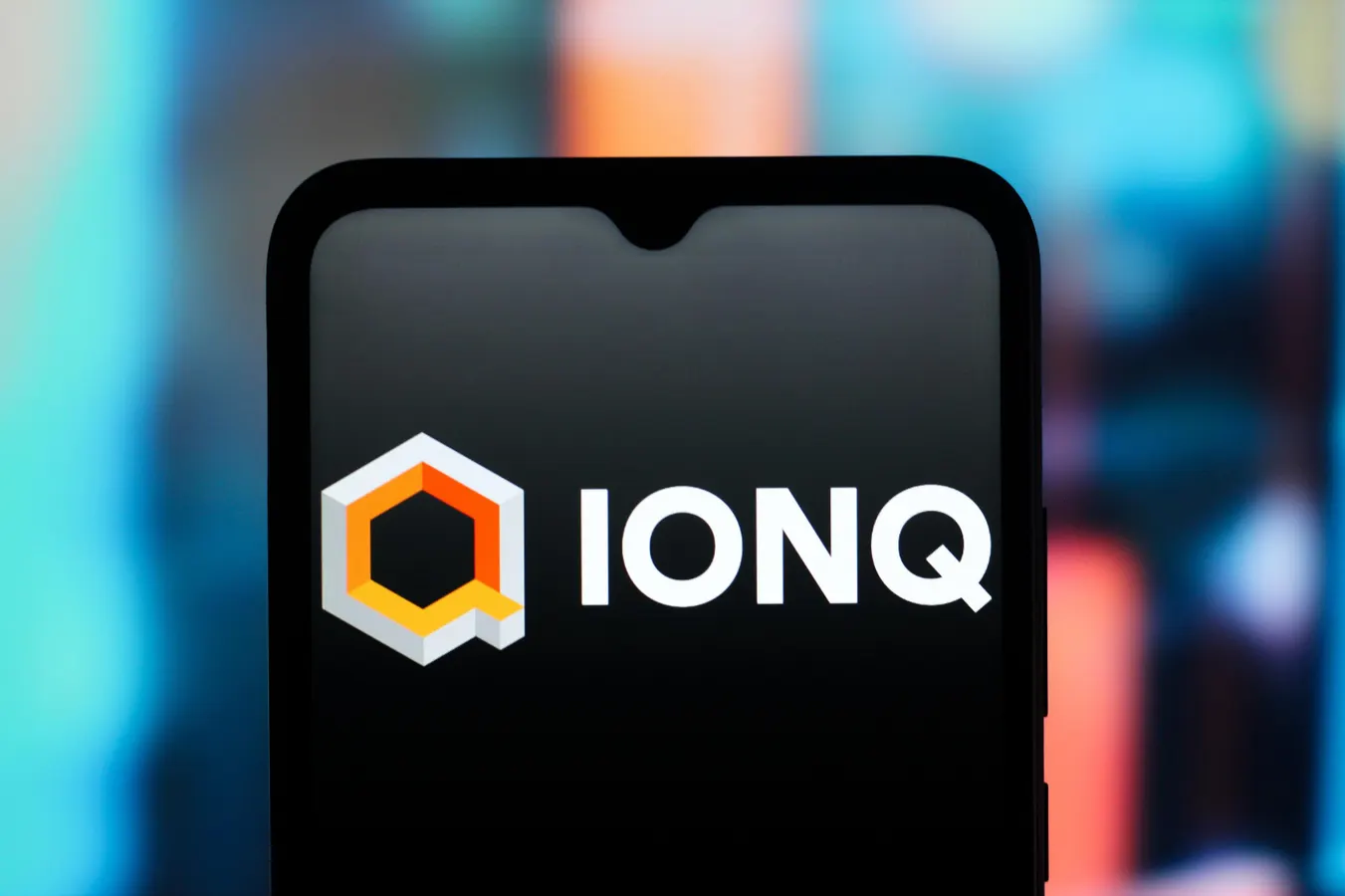Copyright forbes

CANADA - 2025/09/15: In this photo illustration, the IonQ logo is seen displayed on a smartphone screen. (Photo Illustration by Thomas Fuller/SOPA Images/LightRocket via Getty Images) SOPA Images/LightRocket via Getty Images IonQ (IONQ) stock has fallen by 23% in a matter of days, from $82 on 10/13/2025 to $63 now. This can be primarily attributed to the announcement of a $2 billion equity offering. This offering, intended to raise cash, immediately concerned investors due to the potential for significant stock dilution. This specific event was amplified by broader, market-wide profit-taking across the quantum computing sector, which had recently experienced strong growth, partly driven by notable investments like J.P. Morgan’s commitment to the technology. Related – What’s New With Rigetti Computing Stock? What comes next? As it turns out, IONQ stock could fall even more. The current correction, when put in context of our “unattractive” opinion of the stock, suggests the possibility of further downside. A price of $45 is not out of the question, especially considering that the stock has seen this level in recent years. So, do you think you should wait before buying this dip? Perhaps. There is no perfect way to time the dips. Nevertheless, here is another perspective on IONQ stock to help you make the decision. The stock has returned (median) 144% in one year, and 217% as peak return following sharp dips (>30% in 30 days) historically. For quick background, IONQ provides general-purpose quantum computing systems accessible via major cloud platforms like AWS, Microsoft Azure, and Google Cloud Marketplace. For details on stock fundamentals and assessment, read Buy or Sell IonQ Stock to see the full picture. IONQ stock has fallen meaningfully recently, and we currently find it unattractive. This may feel like a caution, and there is a significant risk in relying on a single stock. However, there is a huge value to a broader, diversified approach. If you seek an upside with less volatility than holding an individual stock like IONQ, consider the High Quality Portfolio. It has comfortably outperformed its benchmark—a combination of the S&P 500, Russell, and S&P MidCap indexes—and has achieved returns exceeding 105% since its inception. Why is that? As a group, HQ Portfolio stocks provided better returns with less risk versus the benchmark index; less of a roller-coaster ride, as evident in HQ Portfolio performance metrics. Historical Median Returns Post Dips Historical Median Returns Post Dips MORE FOR YOU Historical Dip-Wise Details IONQ had 8 events since 1/1/2010, where the dip threshold of -30% within 30 days was triggered 217% median peak return within 1 year of dip event 228 days is the median time to peak return after a dip event -42% median max drawdown within 1 year of dip event Historical Dip-Wise Details IonQ Passes Basic Financial Quality Checks When analyzing potential stock dips, investors typically evaluate traditional financial health metrics like revenue growth, profitability, cash flow, and balance sheet strength to ensure the dip is not a sign of a deteriorating business. Basic Financial Quality Checks However, for a quantum computing stock like IONQ, these metrics have limited immediate relevance. This is because the quantum computing industry is still in a nascent stage, focused on fundamental development and years away from widespread commercial application. The company’s business model relies on securing limited revenue from research partnerships, specialized hardware sales, and government contracts (e.g., its cloud-based QCaaS model), while simultaneously burning significant cash to fund its rapid, capital-intensive research and development. Therefore, the company's valuation is primarily based on future technological milestones, not near-term profitability. Dip buying, while attractive, needs to be evaluated carefully from multiple angles. Such multi-factor analysis is exactly how we construct the Trefis Reinforced Value (RV) Portfolio, which has outperformed its all-cap stocks benchmark (combination of the S&P 500, S&P mid-cap, and Russell 2000 benchmark indices) to produce strong returns for investors. Why is that? The quarterly rebalanced mix of large-, mid-, and small-cap RV Portfolio stocks provided a responsive way to make the most of upbeat market conditions while limiting losses when markets head south, as detailed in RV Portfolio performance metrics. Editorial StandardsReprints & Permissions



